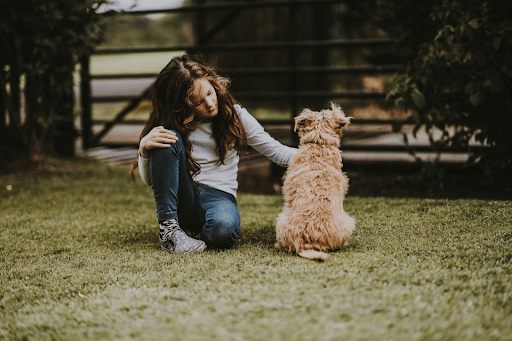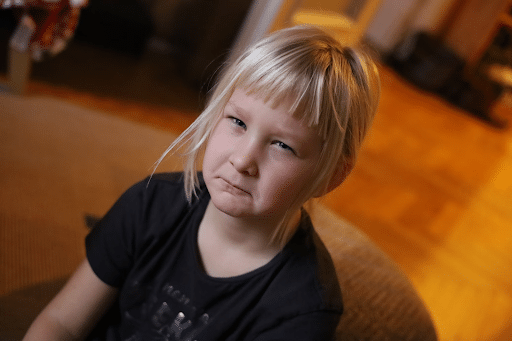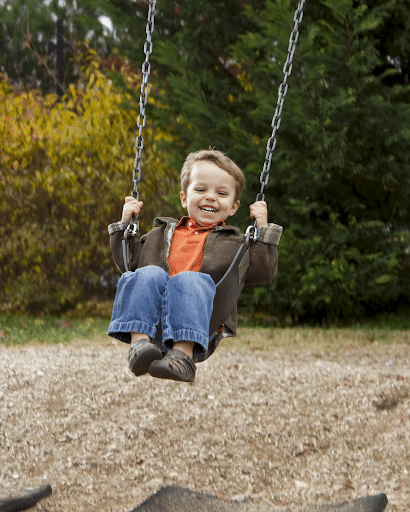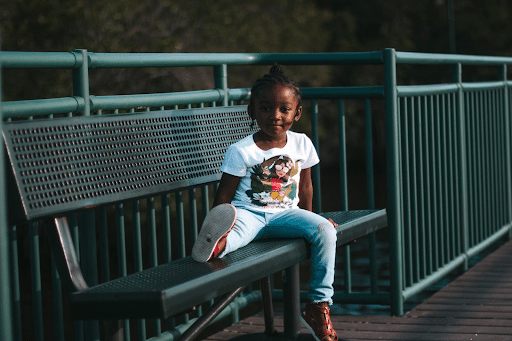As a pediatric pelvic floor therapist, you see firsthand how deeply bowel and bladder dysfunction impacts the lives of children and their families. While the physical symptoms—daytime wetting, bedwetting, fecal incontinence—are the most visible, the emotional and psychological ripple effects are often just as significant. These hidden struggles can leave a lasting mark on a child’s self-esteem, relationships, and quality of life.

Understanding the psychological implications of bowel and bladder dysfunction allows you to approach treatment with the empathy and insight your young patients need to succeed. In this blog post, we’ll explore how these conditions affect emotional well-being, how to recognize and address comorbidities, and why a holistic approach is essential to lasting improvement.
Does Bowel And Bladder Dysfunction Cause Emotional Distress—or Vice Versa?
One of the most important concepts to grasp is the causal relationship between voiding dysfunction and psychological distress. Research shows that voiding dysfunctions are more likely to cause psychological disturbances than to result from them. The physical challenges of incontinence, constipation, or urinary retention can lead to shame, anxiety, and frustration.
Children often internalize these feelings, especially when “accidents” are met with punishment from caregivers or ridicule from peers. This emotional burden can manifest in behavioral symptoms or, in more extreme cases, clinical mental health issues like anxiety or depression.
The good news? Many of these psychological challenges are reversible. Studies show that once the underlying urologic or bowel problem is addressed, emotional and behavioral symptoms often subside. For pediatric pelvic floor therapists, this highlights the dual value of your work: by resolving the physical issue, you pave the way for emotional recovery as well.
Psychological Impact Of Bowel And Bladder Dysfunction On Social Life
For children, sometimes the social consequences of bowel and bladder dysfunction often feel more devastating than the physical symptoms. School-age children, in particular, live in a world where peer acceptance is paramount. The fear of an incident at school, on a playdate, or during a sleepover can lead to avoidance behaviors.
Adolescents face additional challenges. Persistent incontinence during this critical stage of development can impact their body image, peer relationships, and participation in social activities. For girls, poor self-image is a common outcome, while boys often report difficulties with peer relationships.

Shame and stigma surrounding these conditions can create a vicious cycle. A child who fears an “accident” may limit fluid intake, delay toileting, or avoid asking for help—all of which exacerbate the underlying dysfunction. As therapists, breaking this cycle means addressing not only the physical symptoms but also the emotional barriers to treatment success.
Behavioral Patterns And Emotional Responses Of Incontinence
Children with incontinence often exhibit a range of behavioral and emotional responses, which can vary based on the type and severity of the condition:
- Daytime incontinence: These children may lean toward internalizing behaviors like anxiety, withdrawal, or sadness. For some, this may be tied to the stigma of visible bowel and bladder incidents or frequent trips to the bathroom.
- Bedwetting (nocturnal enuresis): These children often display externalizing behaviors, such as acting out, aggression, or defiance. In many cases, this is a response to frustration or punitive measures from caregivers.
- Fecal incontinence (encopresis): This condition is associated with both internalizing and externalizing disorders, including anxiety, ADHD, and oppositional defiant disorder (ODD).
Bowel and bladder dysfunction doesn’t just affect the child—it can strain family relationships as well. Caregivers may feel overwhelmed or helpless, especially if they lack the tools to manage incidents or struggle to balance their child’s needs with other responsibilities.
Parent perceptions also play a role in how children respond emotionally. For example, parents often describe children with daytime wetting as “stubborn” or “secretive.” While these labels may reflect frustration, they can also exacerbate a child’s feelings of inadequacy, potentially leading to further withdrawal or behavioral challenges.
In some cases, family stress can worsen the child’s symptoms. For example, maternal anxiety or depression is strongly associated with daytime wetting in younger children. Similarly, punitive or harsh parenting approaches can increase the likelihood of behavioral problems in children with voiding dysfunction.
As a therapist, you have the opportunity to support the entire family. Educating caregivers about the condition, providing practical management strategies, and emphasizing positive reinforcement can help reduce tension and foster a more supportive home environment.
Psychological Comorbidities And Therapy-Resistant Cases
Many children with bowel and bladder dysfunction also experience psychological disorders or developmental comorbidities. Common conditions include:
- ADHD and ODD: Externalizing disorders like attention-deficit/hyperactivity disorder and oppositional defiant disorder are prevalent among children with voiding postponement or fecal incontinence. This could look like kids behaving aggressively or acting out.
- Anxiety Disorders: Internalizing disorders like generalized anxiety or separation anxiety, can be seen in children with non-monosymptomatic enuresis or encopresis. These kids can be withdrawn and may have trouble sharing their emotions in healthy ways.
- Depression: Persistent incontinence, especially in adolescence, is a known risk factor for depressive symptoms and even suicidal ideation. For adolescents, the stakes are particularly high. This is a period when identity and body image are taking shape, peer acceptance is critical, and autonomy from parents is increasingly important.

Persistent wetting and soiling can interfere with social and emotional developmental milestones, making early and effective intervention crucial. Combining standard urotherapy with psychotherapy can address both the physical and emotional components of the condition.
Understanding these comorbidities can help you to tailor your treatment plans more effectively. You provide support to help these kids with stress management, breathing and relaxation, and emotional regulation techniques.
Just remember, you do not need to struggle alone! In some cases, collaboration with mental health professionals may be necessary to address the full scope of the child’s needs.
Approximately 30% of children with complex incontinence are therapy-resistant, meaning they experience relapses or chronic symptoms despite standard interventions. For these children, a multidisciplinary approach is often most effective.
Group therapy or peer support programs can also be beneficial, especially for school-aged children. Knowing they are not alone in their struggles can reduce feelings of isolation and encourage greater adherence to treatment plans.
Building Confidence Through Empowerment
One of the most rewarding aspects of pediatric pelvic floor therapy is seeing the transformation that occurs when a child regains control over their body. This isn’t just about resolving physical symptoms; it’s about restoring confidence, improving relationships, and setting the stage for lifelong success.
Empowering children means involving them in their treatment plan. Explain what’s happening in age-appropriate terms, celebrate small milestones, and encourage open communication about their feelings. When children feel understood and supported, they’re more likely to engage in therapy and achieve positive outcomes.
Addressing the psychological implications of bowel and bladder dysfunction is as important as treating the physical symptoms. By embracing a holistic approach, we can support children in achieving continence and thriving in every aspect of their lives.

As therapists, we are uniquely positioned to make a lasting impact. By understanding the emotional challenges our patients face, collaborating with families, and advocating for multidisciplinary care when needed, we can guide children toward a brighter, healthier future—both physically and emotionally.
In my Peds Level 1 – Treatment of Bowel and Bladder Disorders online course, you will learn how to help kids and families navigate these physical and emotional challenges. Join my Peds Level 1 pelvic floor therapy course to gain tools and techniques that will transform your practice today!
